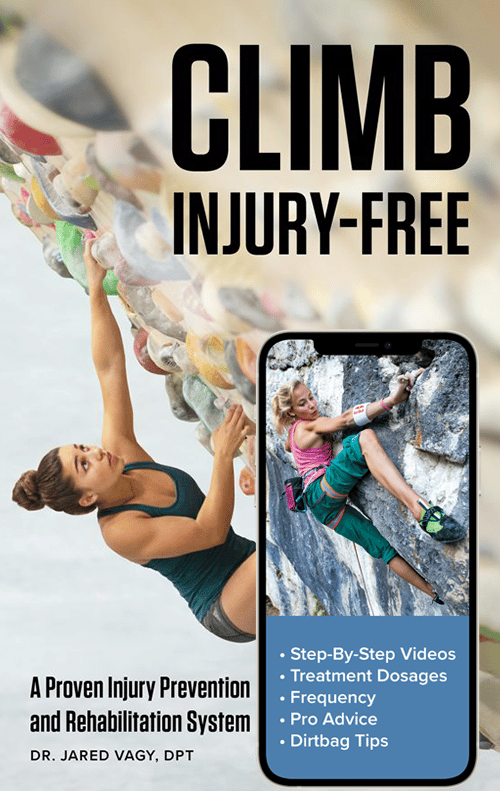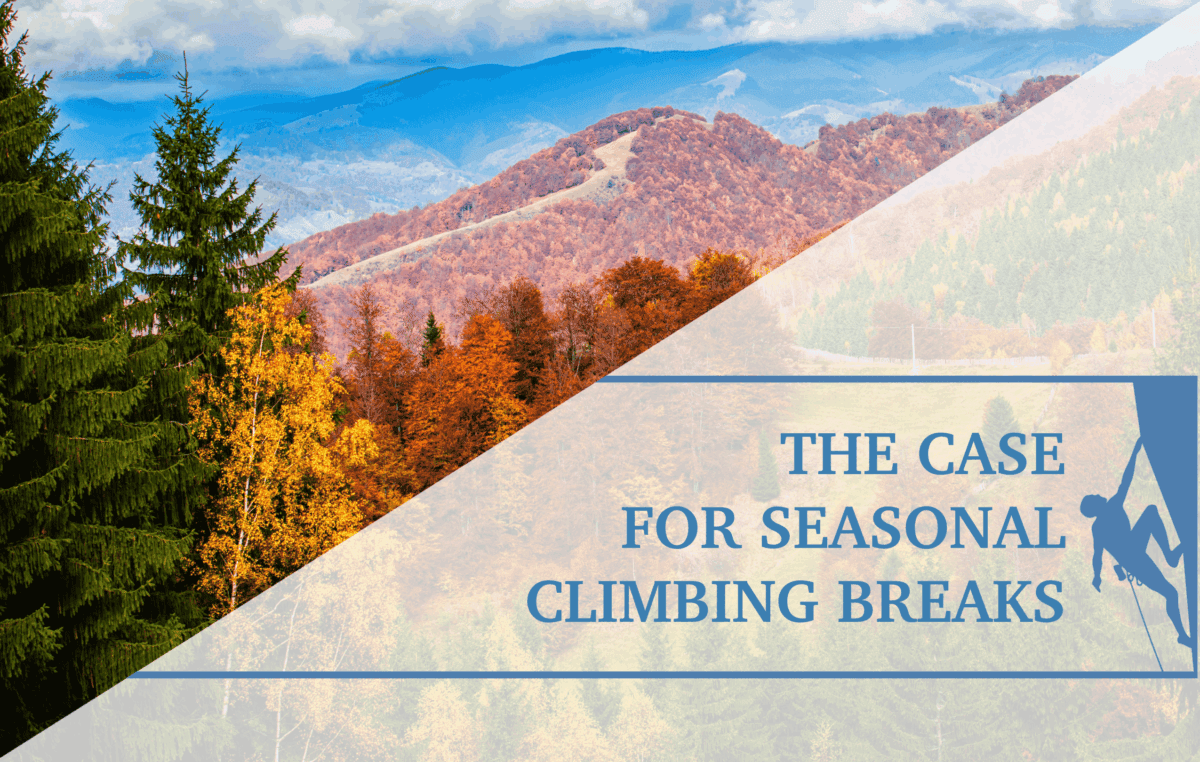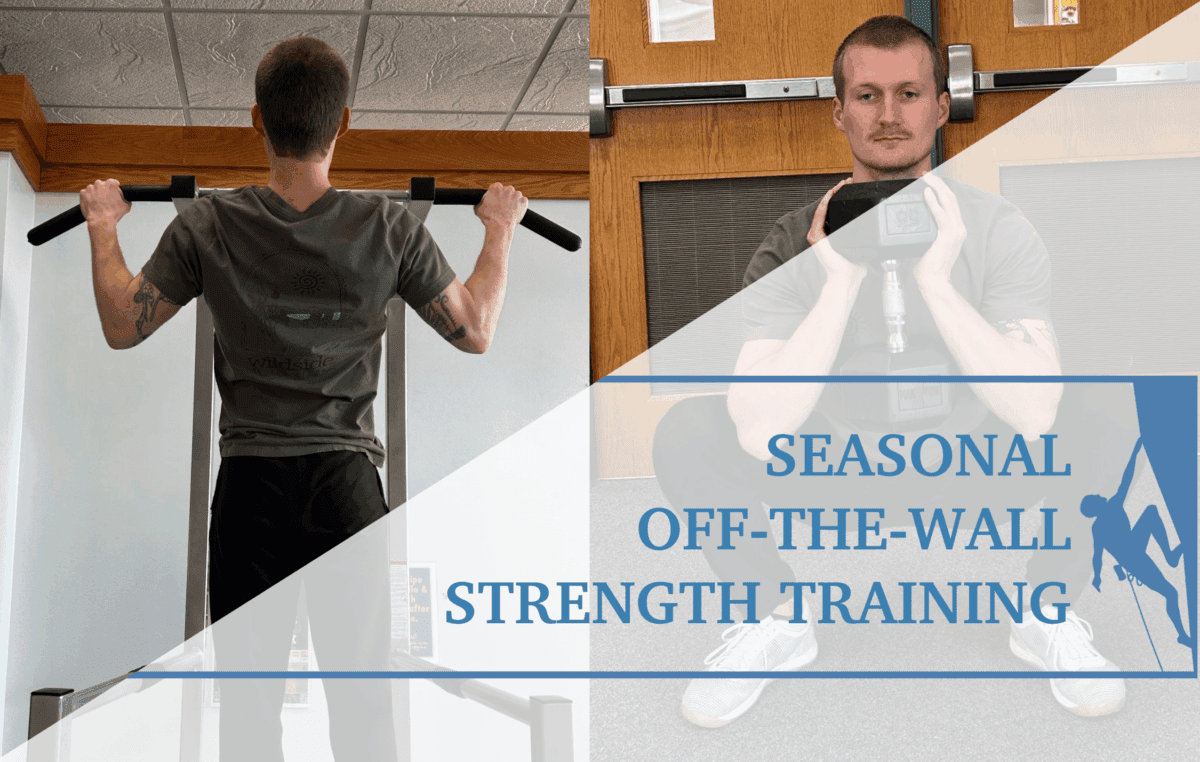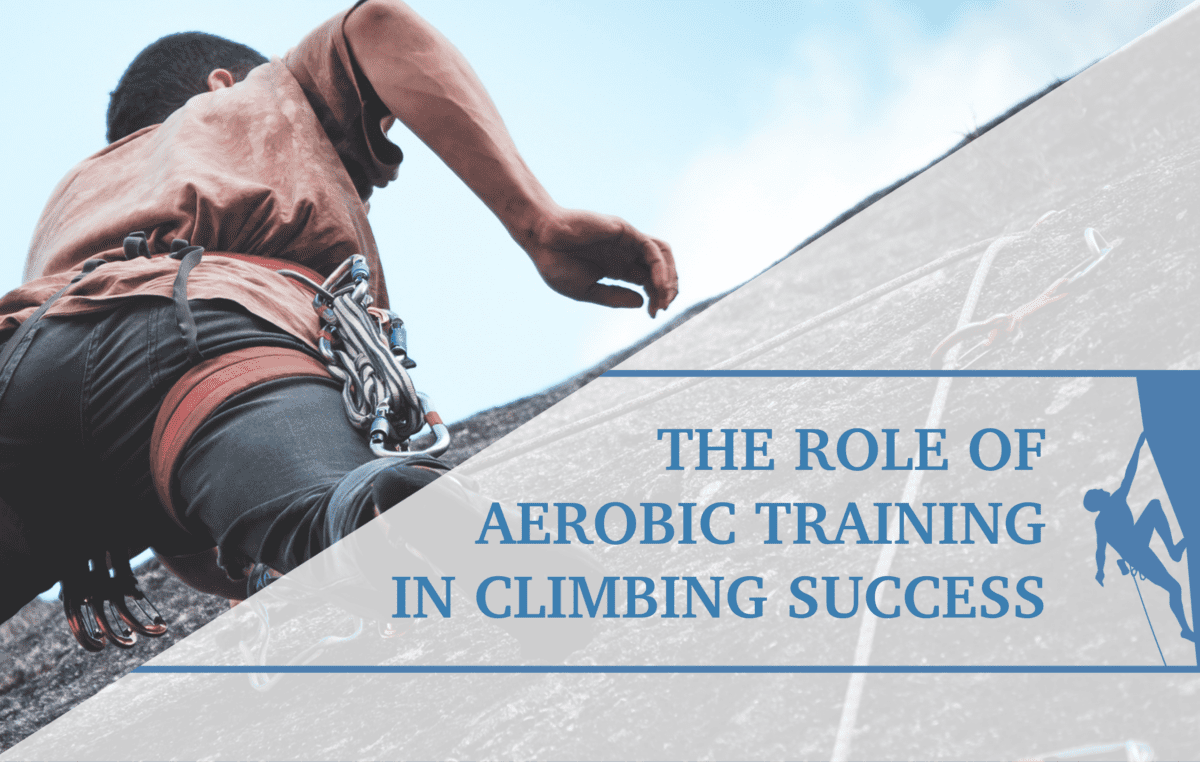The Future of Parkinson’s is Climbing
12 years ago when I started teaching rock climbing to individuals living with Parkinson’s Disease, most everyone aside from our few climbers thought we were crazy. We knew we weren’t though. Internet searches in 2012 on the topic came back blank, which made convincing others of the success and benefits a bit more of a challenge. Fast forward to 2024 with over 270 climbers in our group and we are wrapping up a comprehensive study on the effects of rock climbing on those living with Parkinson’s Disease, articles and videos can be found all over the internet, and we are being featured on The Today Show in April 2024.
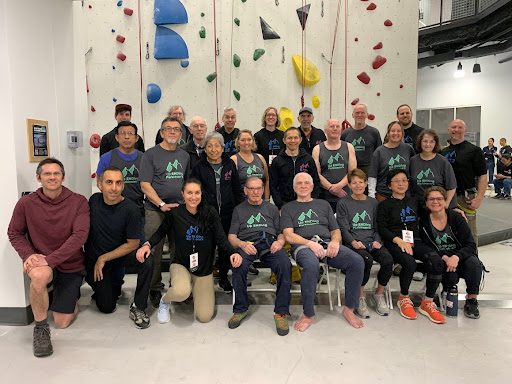
UEP participants at Paraclimbing Nationals 2024
Why? Because climbing is that good for people living with Parkinson’s Disease. Most of us would assume (rightly) that climbing is a great workout that strengthens your muscles and provides a lot of cardio while being very low impact. But what many people do not know is how safe top rope climbing is and how impactful climbing can be on the health of your brain. The types of movements done in climbing are also especially beneficial as a therapy for those living with Parkinson’s Disease.
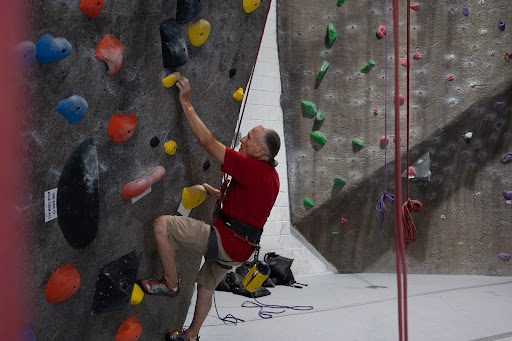
In Parkinson’s Disease, the neurons that normally coordinate between your motor cortex and your spinal cord slowly die off. That means it becomes difficult to translate intention into actual movement. While there is no cure for this progressive neurodegenerative disease, exercise unquestionably helps slow the process and give relief to some of the symptoms. The exercise prescription recommended by the American Parkinson’s Disease Association combines 4 elements:
- Balance
- Strength
- Cardio
Most of us can think of a sport or exercise that hits one or two of these categories, but climbing hits all 4 and has the added cognitive benefits.
Cognitive Benefits
Climbing is a unique sport in the way that it combines analysis of a surface, planning of a route, and then the physical activity of enacting that plan. This requires constant feedback between your frontal lobe and the more posterior portions of the brain that turn your intention into actual movement. Our body responds to the ways we train it and that includes the brain. By asking the brain to coordinate between the planning and execution areas, the brain will build more and stronger connections between those areas. And it can even “rewire” other parts of the brain to take over the job that damaged areas used to do.
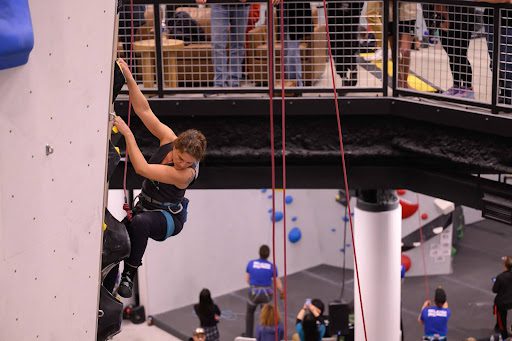
Balance:
Perturbation-based balance training is a form of reactive balance training with the aim of improving control over one’s balance. This is a type of training used for Parkinson’s Disease and has been shown to be effective in studies. You can think of this as walking on the mats at a climbing gym, where the floor moves so your body has to readjust to maintain balance. While most of us don’t think twice about this, for many with Parkinson’s Disease, this is a challenge. Now think of a climber on the wall. How many times have you reached for a hold and felt yourself surprisingly off balance and you quickly work to adjust your body and avoid “barn dooring” off the wall. Your balance is always a factor while climbing and is a great therapeutic benefit of climbing for those with and without Parkinson’s Disease.
Strength:
Climbing engages nearly every muscle of your body, from your feet and toes to your core, back, and shoulders. The variety of climbs change regularly so you are always mixing up the ways in which you utilize these muscles, which makes it a well rounded strength activity. Postures developed throughout the course of Parkinson’s disease tend to lead to hunched shoulders and leaning forward, causing the postural muscles to become weaker. Possibly because of this, the most notable decrease in muscle for those living with Parkinson’s Disease occurs in the back and hip extensors. When these postural muscles become weaker, it is more difficult to balance or recover from perturbations, increasing the likelihood of falling. While climbing engages all muscles, it tends to target those hip flexors with every high-step, single leg squat and lunge as well as your back at all times while hanging onto those vertical to overhanging climbs.
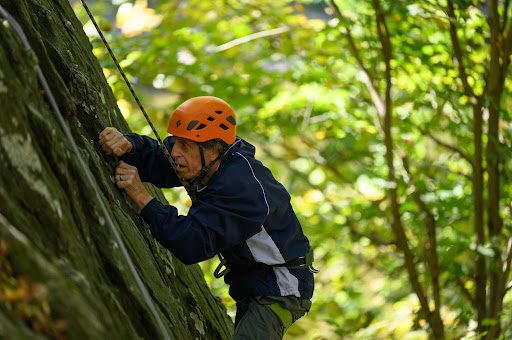
Cardio:
Often overlooked in climbing is the immense amount of cardiovascular benefits we get while we are on the wall. I have done my own experiments with a N-of-1 trial, myself! Using various forms of devices on my chest, wrist, and bicep to gain insights on cardio while climbing, I have learned that we in fact are getting a fantastic cardio workout. But don’t take my word for it, indoor climbing was found to require the same amount of energy use as running 8-11 minutes/mile.
Aerobic exercise is good for our whole body, and especially for our brains. Exercise helps to maintain brain connections and counters brain shrinkage from Parkinson’s Disease as well as aging. Many studies have shown aerobic exercise to be beneficial to PD.
Mobility:
Improved mobility keeps your joints healthy and helps correct your posture and prevent injury. While a little extra mobility training in all of our lives could help, climbing certainly can help aid in gaining mobility. Rock climbing requires instantly long reaches, big cross overs, crazy high steps and movements you never knew your body could do. All of this aids in our overall mobility.
On top of all of these great benefits of rock climbing, it is also fun! Climbing “rewards” us through intermittent reinforcement. Intermittent reinforcement is a technique used to make us desire something by sporadically giving us rewards. In climbing, there are successes and there are failures, which bring about a mix of emotions that typically feel very random to the climber. It’s no wonder that climbers go to vegas and choose to climb rather than play the slots.
Research
About The Author
Molly Cupka (Donelan) is the founder of Up ENDing Parkinson’s and the Director of Sportrock Climbing Centers in Alexandria, Virginia. Molly was able to combine her love of climbing with her passion for neuroscience when she started a Parkinson’s climbing group at Sportrock in 2012. Molly is currently extending her reach from Virginia to all across the US, and even internationally in Italy and Israel by implementing programs at various gyms worldwide. Up ENDing Parkinson’s is also conducting a study with Marymount University Center for Optimal Aging where Molly serves as one of three researchers looking for the benefits of rock climbing on those living with Parkinson’s Disease.
Website: www.upendingparkinsons.org
Instagram: https://www.instagram.com/upendingparkinsons/
Facebook: https://www.facebook.com/UpENDingParkinsons
Email: Molly@upendingparkinsons.org
- Disclaimer – The content here is designed for information & education purposes only and the content is not intended for medical advice.

